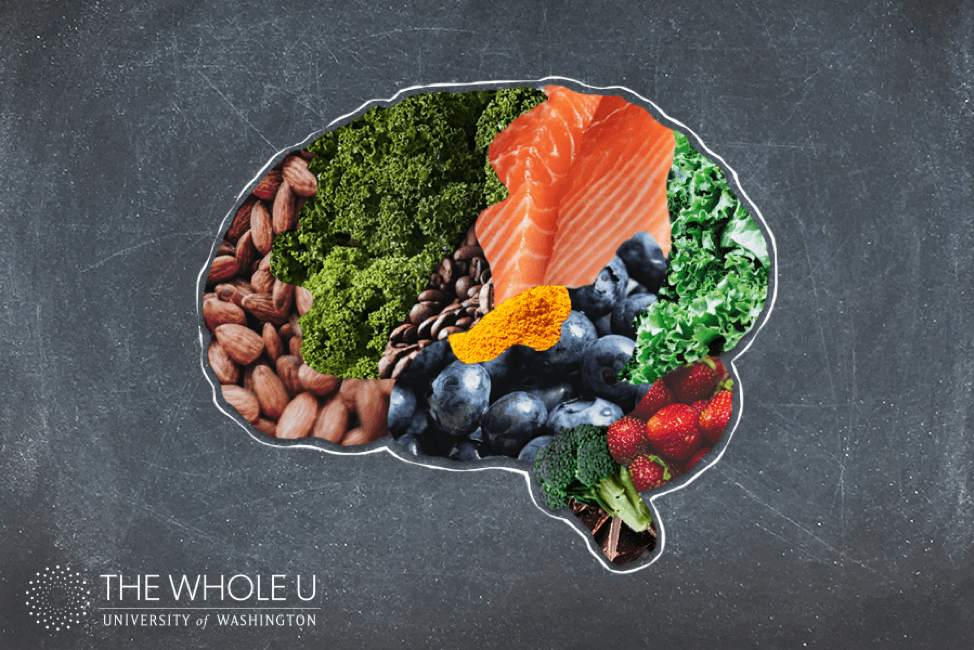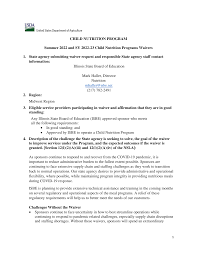
This method was used to create salt by ancient Chinese, Romans and Indians. Buddha instructed the world about salt storage and collection in the early fifth century BC. The Romans used ceramic containers, called briquetage, to collect the salt. Concentrated salt was smashed up by workers who then removed any impurities. The brine was then placed in shallow pans. They were then set on clay pillars over a peat fire. They then sold the sea salt powdered to dried workers to the New World colonists. In the New World, slaves came from Africa to rake salt at various islands in West Indies like the Bahamas and Turks and Caicos Islands.
While most people are familiar with table salt, not everyone knows exactly how sea salt is made. Sea salt has several minerals. These minerals are contained in tiny amounts in sea Salt crystals. You should not consume these minerals in excess. However, adding a pinch of it to your dish will give you additional nutrition and mineral nutrients.

Sea salt is the most widely used salt. It comes from warm regions and is harvested by filling man-made salt pools with salt water, and then waiting for it to evaporate. The crystals are left behind after the water has evaporated from the manmade pool. These manmade pools are called "salt work". The process of harvesting salt takes several billions of years, and the salt is harvested in different ways.
Sea salt production is complicated. First is to extract the seawater. The process involves evaporating the water from the ocean. The water is allowed in the water to dry, and then concentrated. Once this is completed, the sea salt is ready to be sold. The final product is then labeled with the unrefined and refined labels. The unrefined ocean salt may contain marine bacteria or trace mineral that contributes to its complex taste.
The process of harvesting sea salt is very simple. The salt crystals formed at the bottom and are almost dried. You can remove impurities by adding water to the container and then scraping the salt from the surface. This is a great way of collecting sea salt. It is affordable and widely accessible. It is readily available in many countries. Salt can be used once it is collected. Its use is endless.

The process of extracting salt from the sea is the same as that of extracting salt from river water. Each salt extraction process is different. Some salts come from the sea while others are taken from the earth. Chemicals are used for the extraction of salt in these cases. To extract the iodine from the sea, the minerals are taken out of the sea. The salt is not only enriched with iodine but also has minerals removed to make it more digestible.
FAQ
How much weight can you lose in one week?
The amount of weight you can lose depends on your current body fat percentage. You need to determine how much weight loss you are looking for. Your BMI will tell you how much weight to lose. If your BMI is 25 or greater, you're overweight. If your BMI is 30 or higher, you're obese.
If you are 200 lbs, your BMI will be 28.7. To reach a healthy weight, you would need to lose 70 pounds. To see if you're overweight, visit www.healthyminds.com/bmi/.
Once you know your BMI, you can use this formula to figure out how many pounds you'll lose per week:
(Your Goal Weight - Current Weight)/BMI * 7 Number Of Pounds Lost Per Week
To lose 50lbs in a month you will need 2 weeks worth of exercise. This equals 56 days. Then, divide that by 7 pound per day. That's 8.3 pounds per week.
You could also try this calculator from www.weightlosscalculator.net. This calculator gives you an estimate of how many calories are needed to lose 1 pound per day.
What foods can I eat to lose weight quicker?
It is possible to lose weight faster by eating fewer calories. This can be done in two ways:
-
Reduce the amount of calories you consume daily.
-
Through physical activity, you can increase the amount of calories that you burn.
It is not easy to reduce the calories you consume. Everywhere you turn, there are many calorie-dense fast foods. Here's how to lose those extra pounds.
-
Beans are high on fiber and protein. They have almost no fat making them an excellent choice for dieters looking to reduce their caloric intake.
-
Oatmeal is low in calories but high in nutrients like magnesium and potassium. Oatmeal has less sugar than other cereals.
-
Eggs are high on cholesterol and protein. Eating eggs at least twice a week can increase your metabolism, which helps you burn more calories.
-
Whole grain bread is known to decrease hunger pangs and make you feel fuller for longer periods of time.
-
Dark chocolate contains antioxidants and flavonoids that have been linked both to better cardiovascular health and lower blood pressure.
-
Cottage cheese is high-in calcium, which can help build strong bones. Cottage cheese is also high in calcium, which aids in bone strength.
-
Omega-3 fatty acid rich salmon is good for your brain and cardiovascular health.
-
Green tea is chock-full with catechins. These compounds fight cancer and boost metabolism.
-
Broccoli, a rich source of folic acid, is great for lowering homocysteine levels. High homocysteine levels have been associated with an increased risk of stroke and heart disease.
-
Yogurt, which is low in sugar, is a great option to add probiotics to your diet. Probiotics are vital for good digestive health.
-
Berries are delicious and nutritious snacks. Blueberries, strawberries, blackberries, raspberries, and cranberries are all excellent sources of vitamins and minerals.
-
Avocados are rich in healthy fats. A half avocado has 80 calories but plenty of filling fiber.
-
Nuts are delicious snacks that also provide a lot of protein. There are many great options for nuts, including cashews and hazelnuts as well as walnuts, pecans, hazelnuts and hazelnuts.
-
Sweet potatoes are another starchy root vegetable rich in beta carotene. It makes your skin shine. Because of their higher beta carotene levels, orange sweet potatoes are particularly good.
What's the difference between intermittent fasting versus calorie restriction
Calorie restriction means eating less calories than your body requires. Intermittent fasting differs from other types of intermittent fasting in that it does not restrict calories. It focuses on eating fewer calories during the day.
Intermittent fasting works better because it allows for you to enjoy your favorite foods without feeling guilty.
Each method has its pros and cons. Decide which one you prefer.
How do I create an exercise routine?
The first step is to create a routine for yourself. It's important to have a plan for each day. This helps you plan ahead and avoid procrastination.
It is important to make sure you are getting plenty of variety from your exercise routine. Exercise shouldn't be boring. Otherwise, you'll lose motivation.
It is important to track your progress. It's important to see how much weight you have lost or gained over time.
You can lose weight quickly if you do not gain weight. However, it's much harder to stay motivated when you gain too much weight.
Try to strike a balance in your weight loss and weight gain. If you are unhappy with your current situation, you will be less inclined to exercise.
Is it possible to eat fruits while intermittent fasting?
The health benefits of fruits are numerous. They are rich sources of vitamins, minerals. Fiber, antioxidants, as well other nutrients. However, they do contain sugar which can cause blood glucose levels spike. This can lead to insulin resistance and weight gain. If you're looking to lose weight with an IF diet then you should choose fruits that are low in glycemic.
Statistics
- According to a study sponsored by the American Council on Exercise, a person weighing around 140 pounds (64 kg) would burn 108 calories at a 30-minute beginner's Pilates class or 168 calories at an advanced class of the same duration (26). (healthline.com)
- It's estimated that half of all American adults attempt to lose weight every year (1Trusted (healthline.com)
- Another study found that 24 weeks of weight training led to a 9% increase in metabolic rate among men, which equated to burning approximately 140 more calories per day. (healthline.com)
- Among women, the increase in metabolic rate was nearly 4%, or 50 more calories per day (14Trusted Source (healthline.com)
External Links
How To
How to Intermittent Fasting
Intermittent fasting is a dieting method where you normally eat one day per week, usually Monday through Friday. The idea behind this is to reduce your overall calorie intake while still getting adequate nutrition. This is believed to help you burn more fat than if your meals were regular throughout the week.
The most common type of IF is to restrict calories on specific days of the week. This means that you might skip breakfast every day and then indulge in whatever food you desire throughout the day. It is possible to choose to have three smaller meals each day, rather than two large.
There are many forms of intermittent fasting. There are pros and cons to each type of intermittent fasting. Alternate-day fasting is the easiest method to get started because it doesn't require any significant lifestyle changes. However, not everyone can stick to a rigid schedule. They might prefer to experiment with other methods.
If you're looking to start an intermittent fasting routine, I recommend starting with alternate-day fasting. This will allow your lifestyle to be gradually altered while you transition into more extreme fasting.